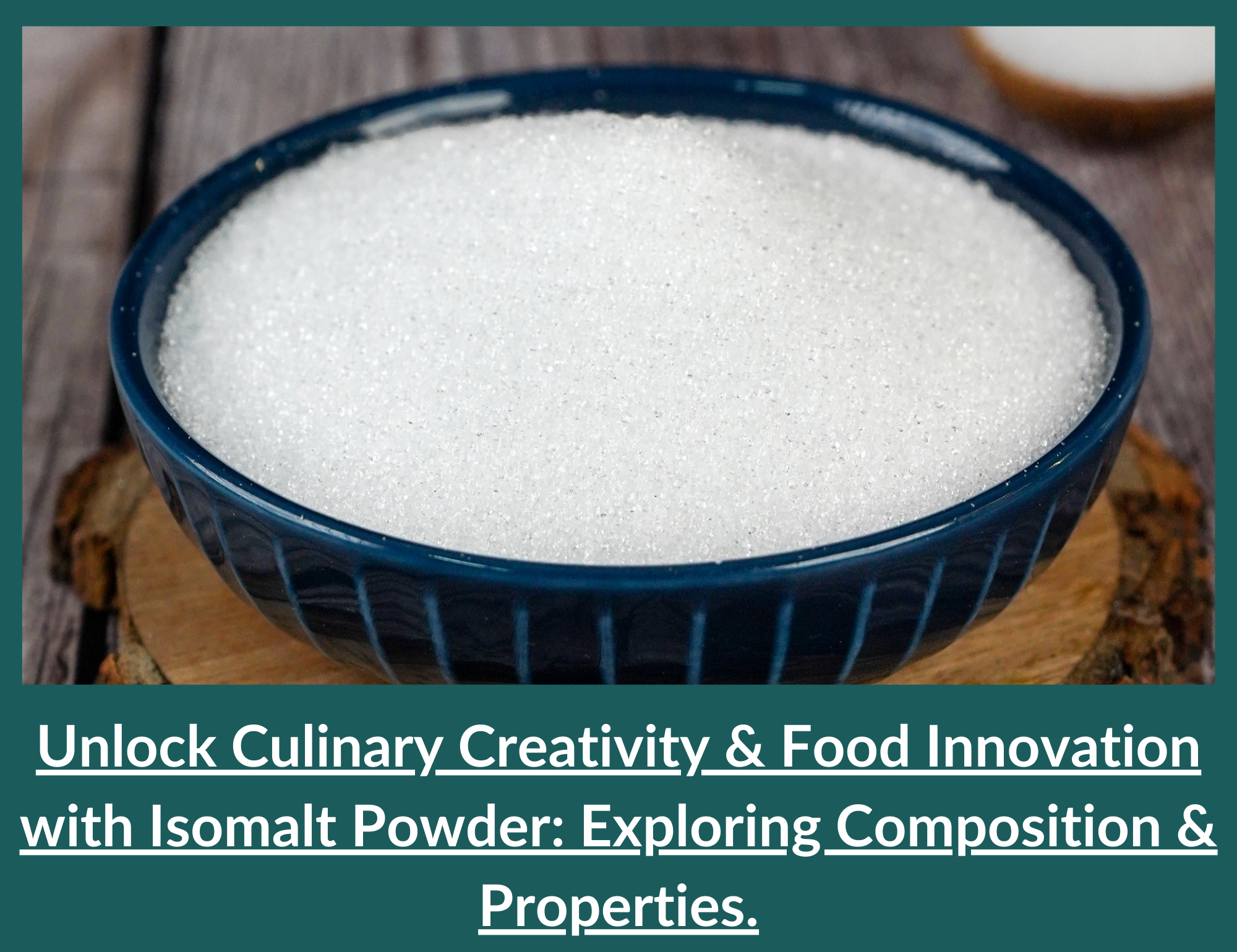Liquid glucose, or Glucose Syrup, is a widely used ingredient in the food industry. It is used for its functional properties, such as its ability to act as a humectant, bulking agent, texturizer, and sweetening properties.
However, like all food ingredients, Glucose Syrup has a limited shelf life. Its stability over time depends on various factors, such as temperature, pH, and water activity.
This article provides a comprehensive overview of liquid glucose’s shelf life and storage requirements, including its stability and rheological properties.
Shelf Life of liquid Glucose
The shelf life of Glucose Syrup depends on several factors, including the initial quality of the raw materials, processing conditions, and storage conditions. Liquid glucose has a relatively long shelf life of up to two years if stored correctly.
However, monitoring its stability over time is essential to ensure that it remains safe for consumption. The stability of liquid glucose can be affected by various factors, such as microbial growth, oxidation, and crystallisation.
Microbial Growth
Microbial growth is one of the primary factors that can reduce the shelf life of Glucose Syrup. Microorganisms such as bacteria and fungi can grow with high water activity levels, which can cause spoilage and off-flavours.
To prevent microbial growth, Glucose Syrup should be stored in a cool, dry place, away from direct sunlight. It should be kept in airtight containers to prevent moisture absorption.
Oxidation
Oxidation is another factor that can reduce the shelf life of Glucose Syrup. Oxidation can cause changes in colour, flavour, and aroma, which can affect the overall quality of the product. To prevent oxidation, Glucose Syrup should be stored in a cool, dry place, away from direct sunlight and heat.
It is also important to avoid exposure to air, which can cause oxidation. Glucose Syrup can also be stabilised by adding antioxidants such as ascorbic acid or sodium metabisulfite.
Crystallisation
Crystallisation is a common problem associated with Glucose Syrup. It can occur when the product is stored at low temperatures or exposed to temperature fluctuations. Crystallisation can affect the texture and quality of the product, making it unsuitable for use.
To prevent crystallisation, liquid glucose should be stored at room temperature and not exposed to extreme temperature changes.
Rheological Properties
The rheological properties of liquid glucose are important for product development and formulation in the food industry. The rheological properties of liquid glucose depend on several factors, such as temperature, concentration, and pH. Liquid glucose is a viscous, syrupy liquid with a high water activity level.
The viscosity of liquid glucose depends on its concentration, temperature, and shear rate. Higher concentrations of liquid glucose tend to result in higher viscosity, making it thicker and more flow-resistant. Similarly, lower temperatures can also increase the viscosity of liquid glucose, making it more viscous.
In conclusion, liquid glucose’s shelf life and storage requirements are essential considerations for product development and formulation in the food industry. Liquid glucose has a relatively long shelf life. Still, its stability depends on several factors, such as microbial growth, oxidation, and crystallisation. Proper storage and handling are essential to maintain the stability and quality of liquid glucose.
The rheological properties of liquid glucose depend on several factors, such as concentration, temperature, and pH. They are important considerations for product development and formulation in the food industry.
Experience the unparalleled convenience of purchasing Liquid Glucose with EasyBuy! Say goodbye to sourcing difficulties and avail exceptional deals on high-quality ingredients for your food manufacturing needs. With our seamless procurement process, you can streamline your purchasing and save time and effort.
Don’t miss out on the opportunity to sweeten your sourcing process with EasyBuy! Get started now and make your purchase hassle-free.
Citations
- Lai, L. S., & Lin, M. T. (2016). Glucose syrup. In Handbook of Food Chemistry (pp. 141-150). Springer, Cham.
- Muralikrishnan, P., Manohar, R. S., & Batra, H. V. (2014). Stability studies of glucose syrup. International journal of food science, 2014.
- Morris, E. R. (1987). Rheological properties of glucose syrup. Journal of Texture Studies, 18(2), 115-127.
- Patil, G. R., & Dutt, K. (2017). Chapter 16 – Corn Syrup. In Handbook of Food Processing (pp. 233-246). CRC Press.
- Renuka, B., Sahoo, A. K., & Srivastava, P. K. (2014). Rheology of glucose syrup: effect of temperature, concentration, and shear rate. Journal of food science and technology, 51(7), 1349-1356.








